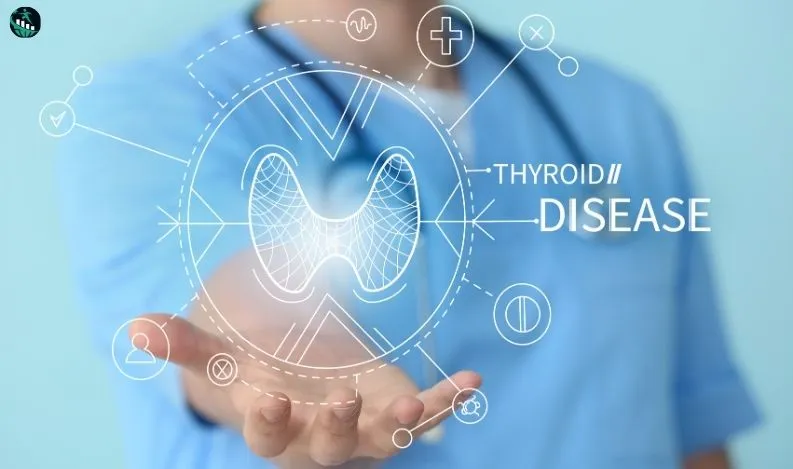
The Comprehensive Guide to Understanding and Combating Dengue Fever
Dengue fever, once a disease confined to specific geographic locations, has now spread across the globe, affecting millions of people annually. This mosquito-borne illness, caused by the dengue virus, manifests in a wide range of symptoms, from mild fever to severe, life-threatening conditions. This extensive guide aims to provide a thorough understanding of dengue fever, its transmission, symptoms, diagnosis, treatment, and the crucial role of diet in recovery, along with preventive measures to protect against this pervasive disease.
Introduction to Dengue Fever
Dengue fever is an illness caused by any one of four closely related dengue viruses (DENV-1, DENV-2, DENV-3, and DENV-4). The disease is transmitted through the bite of an infected Aedes mosquito, primarily Aedes aegypti, known for its distinctive black and white stripes. The complexity of dengue lies in its wide spectrum of symptoms and its potential to develop into severe forms, such as dengue hemorrhagic fever (DHF) or dengue shock syndrome (DSS).
Historical Perspective
The history of dengue fever dates back centuries, with the first recognized epidemics occurring in the late 18th century. However, it is believed that the disease existed well before this period, with descriptions fitting dengue found in ancient Chinese medical encyclopedias. The term "dengue" is thought to have originated from the Swahili phrase "Ka-dinga pepo," describing the disease as a sudden overtaking by a spirit, reflecting the abrupt onset of symptoms.
Global Impact
In recent decades, the global incidence of dengue has escalated dramatically. The World Health Organization (WHO) estimates that 390 million dengue infections occur worldwide each year, with about 96 million manifesting clinically. The disease is endemic in more than 100 countries in the Americas, the Eastern Mediterranean, Southeast Asia, and the Western Pacific. The significant rise in cases is attributed to factors such as urbanization, increased international travel, climate change, and inadequate mosquito control measures.
Transmission Dynamics
Understanding the transmission of dengue is crucial for its prevention. The cycle begins when a female Aedes mosquito bites a person infected with the dengue virus. After an incubation period, the mosquito becomes capable of transmitting the virus for the rest of its life. When this infected mosquito bites another person, the cycle continues, spreading the disease. The Aedes aegypti mosquito is a daytime feeder, making daytime protection essential.
Signs and Symptoms
Dengue fever presents a wide array of symptoms, ranging from mild flu-like symptoms to severe complications. The onset is usually marked by a high fever accompanied by severe headache, pain behind the eyes, muscle and joint pains, and rash. The severe forms, DHF and DSS, can lead to plasma leakage, fluid accumulation, respiratory distress, severe bleeding, and organ impairment.
Diagnosis and Medical Intervention
Prompt diagnosis is key to managing dengue fever effectively. Laboratory tests can detect the presence of the virus, viral DNA, or antibodies. While there is no specific treatment for dengue, supportive care, including hydration and pain relief, is vital. Hospitalization may be necessary for more severe cases to manage potential complications.
The Role of Diet in Recovery
Nutrition plays a pivotal role in the recovery from dengue fever. A diet rich in nutrients can help boost the immune system and replenish the body's reserves. Key components of a recovery diet include:
- Hydration: Fluids are crucial to prevent dehydration, especially for those experiencing vomiting and high fever. Coconut water and oral rehydration solutions are particularly beneficial.
- Papaya Leaf Extract: Often cited for its ability to increase platelet count, though more research is needed to fully understand its efficacy.
- Vitamin-rich Foods: Fruits like oranges, kiwis, and strawberries, and vegetables like spinach and broccoli can provide essential vitamins and minerals.
- Protein: Lean meats, fish, eggs, and legumes can aid in tissue repair and recovery.
Prevention and Community Measures
Preventing dengue fever requires concerted efforts at both individual and community levels. Personal protective measures include using insect repellent, wearing protective clothing, and using mosquito nets. At the community level, strategies such as environmental management to eliminate mosquito breeding sites, community-based mosquito control, and public health education are critical.
Conclusion: A Call to Action
Dengue fever remains a formidable challenge to global health. Awareness, education, and proactive prevention are the cornerstones of combating this disease. By understanding the risks, transmission, and preventive measures, communities can work together to reduce the incidence of dengue and protect vulnerable populations. As research progresses, it is hoped that more effective treatments and vaccines will become available, offering new avenues to control and eventually eradicate dengue fever.
Also Read:








Recent Comments: